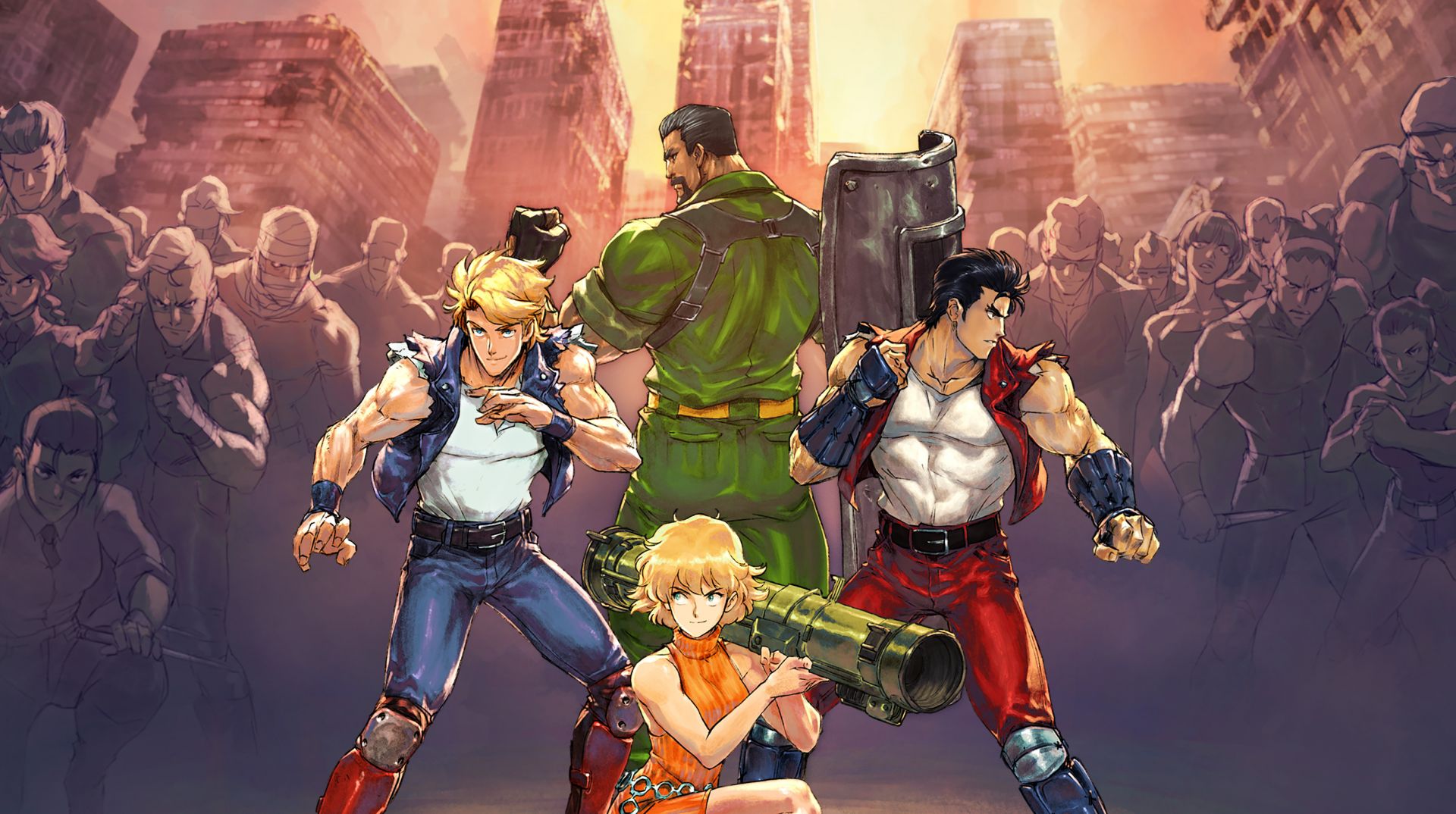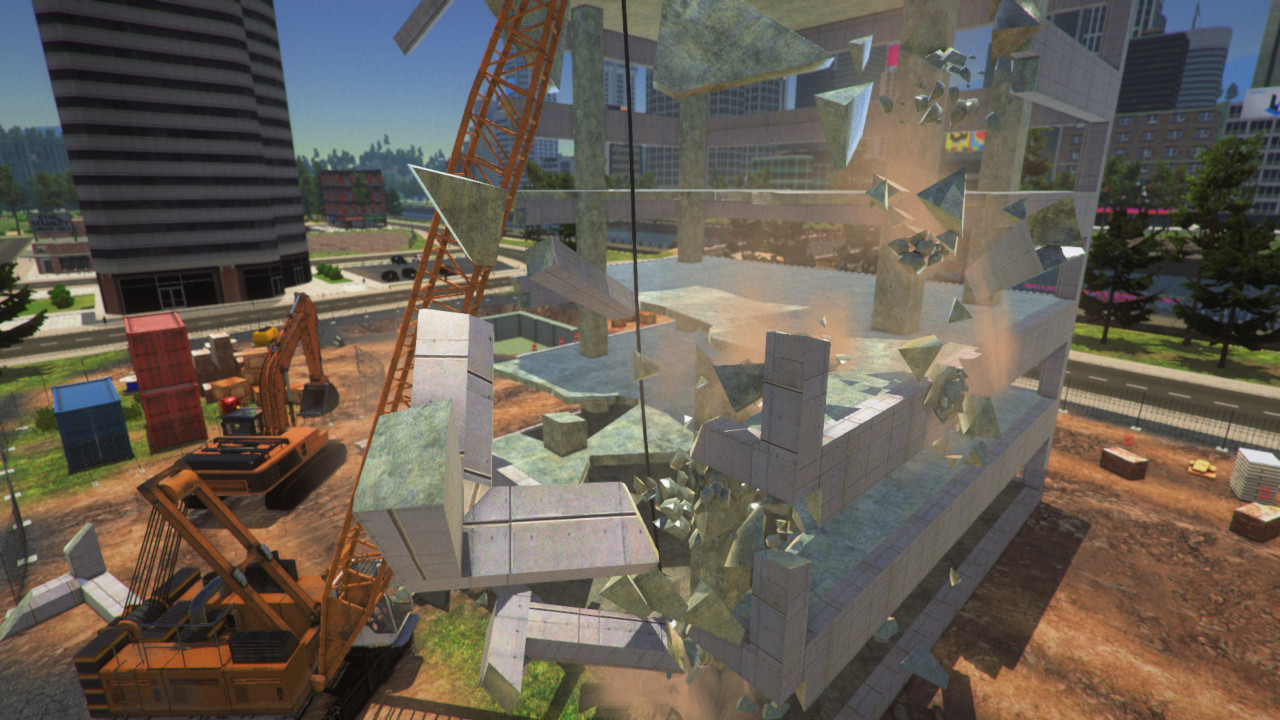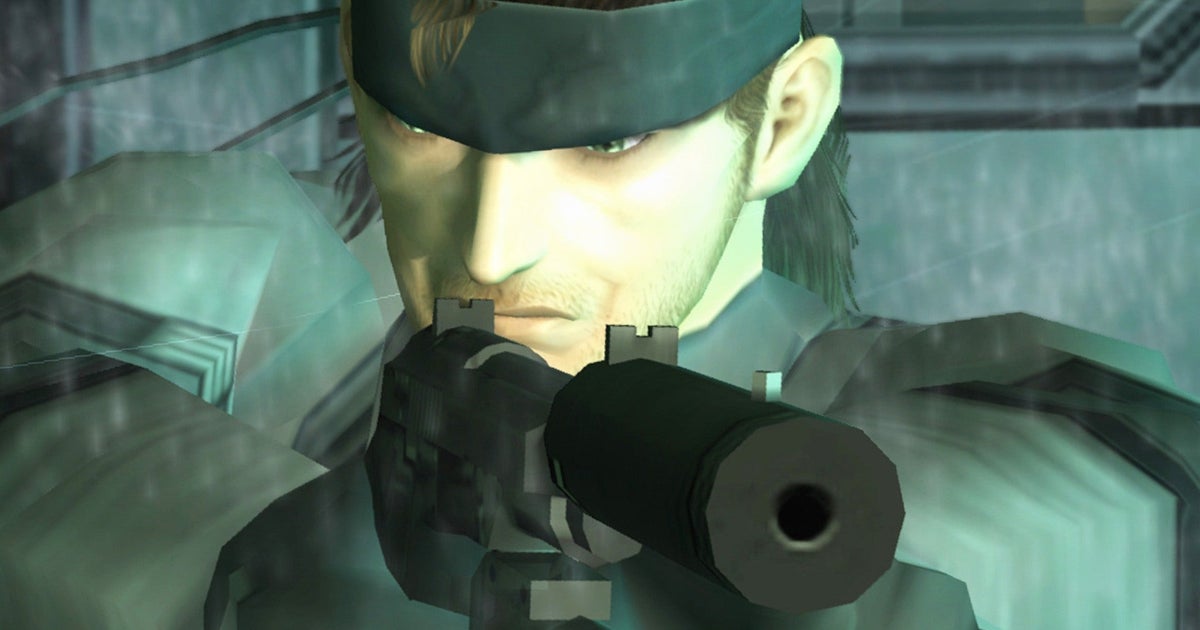Given that the arcade version of Double Dragon was the first cooperative beat ‘em up, the series has always been hugely influential. Double Dragon Gaiden: Rise of the Dragons from Secret Base and Modus Games is the next game in the series. To learn more about Double Dragon Gaiden’s origins, references, and more, we interviewed Raymond Teo, founder of Secret Base and director of the game.
Co-Optimus: Thanks for taking the time to visit our dangerously located headquarters for this obviously in-person interview. Double Dragon has meant a lot to me personally, as it was the first co-op arcade game I ever played, and the first article I ever wrote for Co-Optimus was about the ill-fated Double Dragon II: Wander of the Dragons. How did you get into the series?
Arcade centers were a lot less common here in Singapore back in the day, so my first experience with the Double Dragon series was actually through the NES. I was a kid back then, and would spend the holidays over at my cousin’s place. Being based in Asia and growing up with Hong Kong movies, a game with kung fu fighting just hit different from whatever else I was playing at the time.
Raymond Teo of Secret Base
Co-Optimus: The beat ‘em up genre has experienced a resurgence in modern years. Do you have a favorite among the recent beat ‘em ups?
Among the beat’ em ups in recent years, I definitely enjoy Streets of Rage 4’s survival mode DLC the most. The survival mode had some similarity with our roguelite-inspired gameplay, so reading that it was well received gave us a confidence boost that we were going in the right direction [with Double Dragon Gaiden].
Co-Optimus: Now that we know about your gamer cred, can you briefly tell us about your experience in game development?
I started working as a multimedia designer in 2006. There was barely a games industry in Singapore then, but we would occasionally get client projects to create simple advertising games. As a lifelong gamer myself, they were more fun and interesting to make compared to my other multimedia work. A little more than a year later, the local government had an initiative with Microsoft for people to make games for XBLIG (Xbox Live Indie Games), so I left my job to give it a shot. That game was Tobe’s Vertical Adventure which, if I remember correctly, was one of the earliest games from Asia to get released on Steam.
However, this was the late 2000s, so it wasn’t clear Steam was the way to go and I bounced around a little, releasing a zombie shooter titled, Bitejacker, on Flash, and Tobe & Friends Hookshot Adventure on iOS. [In 2014,] I finally released my first beat’ em up: Devil’s Dare on Steam. It caught the attention of Arc System Works (ASW), who I believe were exploring the idea of publishing indie titles at the time. I was already signed to another publisher, so nothing really happened.
Another three years later, Arc System Works acquired the Double Dragon IP and released Double Dragon IV. It was a great revival of the classic formula. I thought since they tried that, maybe they might be interested in a new direction, so I reached out and made my pitch.
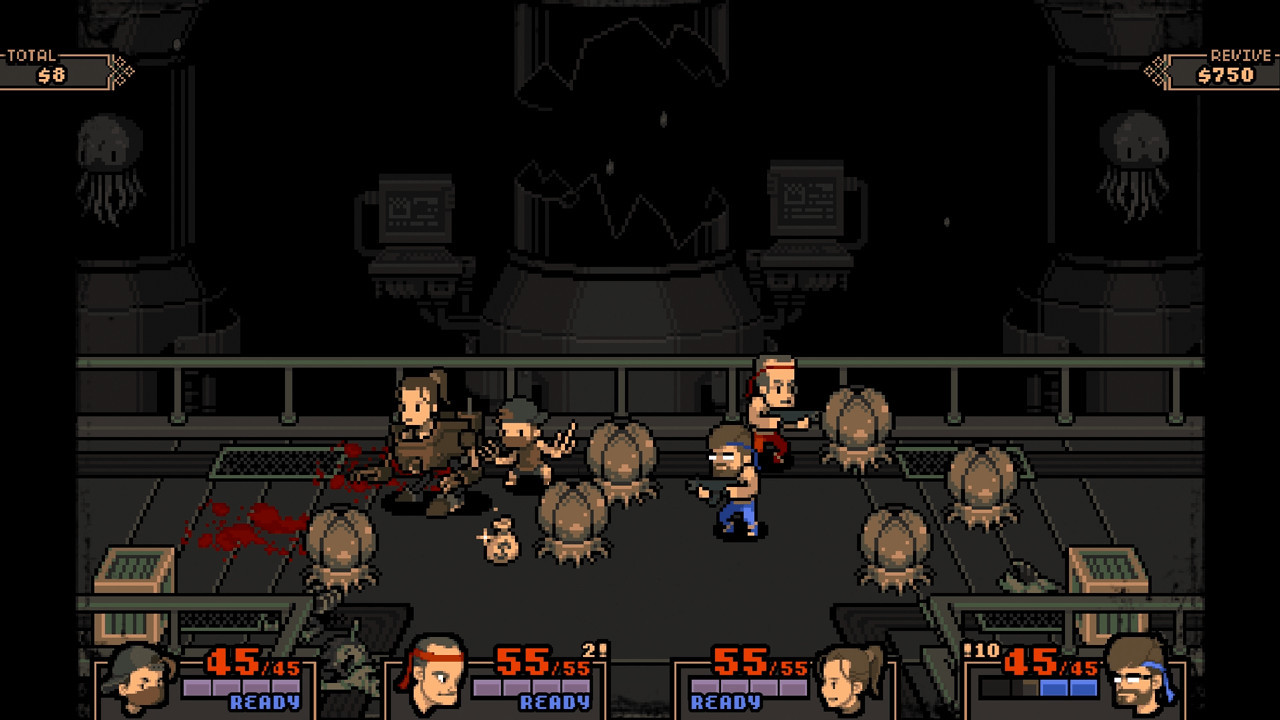
Streets of Red: Devil’s Dare (Switch and Steam)
Co-Optimus: That pitch eventually became Double Dragon Gaiden: Rise of the Dragons. How did you decide on your approach for the game?
The general approach of the game has not been looking at the classic formula and seeing how I should polish it, but rather how I should re-interpret it. Back in the day, Double Dragon was released after Renegade, and the big difference was that it featured [2-player co-op]. The industry has since moved past having two players as a selling point, but what else can we do?
[Eventually,] I came up with the idea of the Tag mechanic. Not only is it a fun combat mechanic, but it also addresses my concern where players only tend to find beat ’em ups fun [only when they] have someone else to play with. With the tag mechanic, engaging combat, and replayability in mind, we built [Gaiden’s] systems.
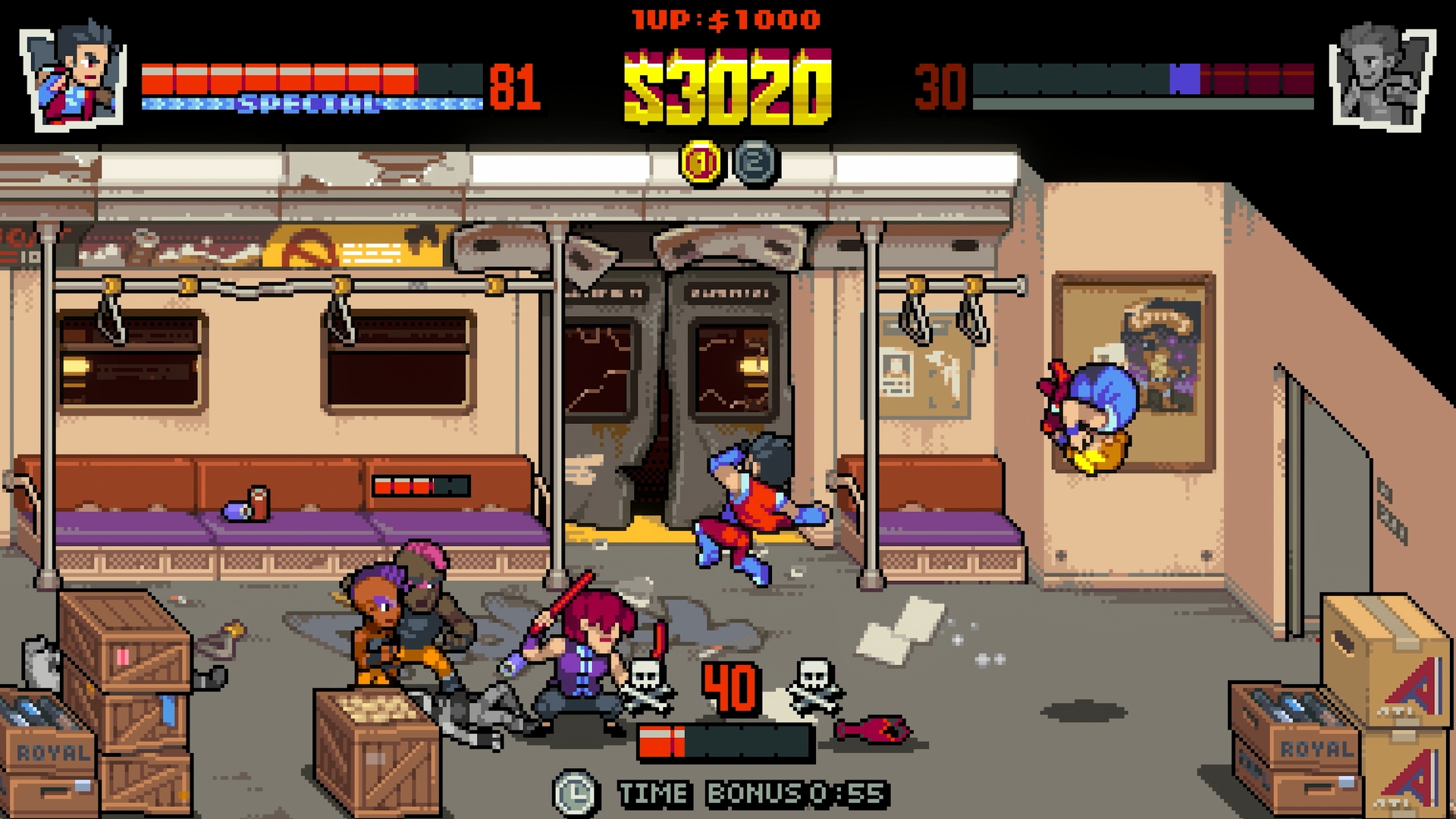
Double Dragon Gaiden
Co-Optimus: Can you briefly tell us what everyone on the team did for the game?
The core team is actually really small, as it was mostly me working on design, art and managing production, along with my programming partner, Sian Yue. We also had help from my students/interns/part-time designers, Rey and Nicholas, who came in around the post-alpha stage to help with data and level integration.
Of course, a game of this scope cannot be done with just four people. As it was developed [during] the pandemic, we ended up [seeking] help from lots of amazing freelance animators, composers, etc. Many stayed with us [for] months and years over the development [cycle] of the project.
Co-Optimus: What is the in-game story for Double Dragon Gaiden?
The game is sort of an alternate timeline prequel with a more grounded lore. It tells a story of a post-nuclear NYC that has been plagued by gangs and crime, where the young heroes were convinced to try to fight against the gangs in hope of bringing peace to the city.
